14 Home Remedies To Treat Angular Cheilitis
Heal inflammation around your mouth with natural remedies for lasting relief.

Image: Shutterstock
Angular cheilitis is a common inflammatory condition characterized by painful, cracked sores at the corners of the mouth. These sores can cause discomfort and make simple actions like smiling or eating challenging. However, you can easily alleviate the symptoms with home remedies for angular cheilitis. This article will guide you through simple and effective ingredients and their application to address the inflammation and pain caused by angular cheilitis. You will also find a brief overview of the signs, symptoms, and potential causes. Read on!
In This Article
Home Remedies To Treat Angular Cheilitis
- Essential Oils
- Baking Soda
- Garlic
- Honey
- Jojoba Oil
- Petroleum Jelly
- Lemon
- Yogurt
- Coconut Oil
- Aloe Vera
- Apple Cider Vinegar
- Neem Oil
- Olive Oil
- Salt Water
1. Essential Oils
a. Tea Tree Oil
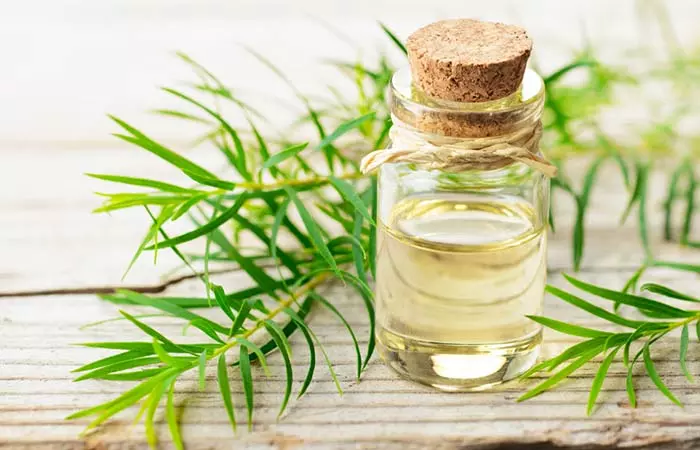
You Will Need
- 2-3 drops of tea tree oil
- 2 teaspoons of coconut oil
- Cotton ball
What You Have To Do
- Add two to three drops of tea tree oil to two teaspoons of coconut oil and mix well.
- Apply this mixture over the corners of your mouth.
- Repeat after 3 hours.
Why This Works
Tea tree oil possesses antifungal properties that can help eliminate fungal growth, while its anti-inflammatory properties reduce the inflammation and pain that may surface with angular cheilitis (3).
 Trivia
Triviab. Lavender Oil
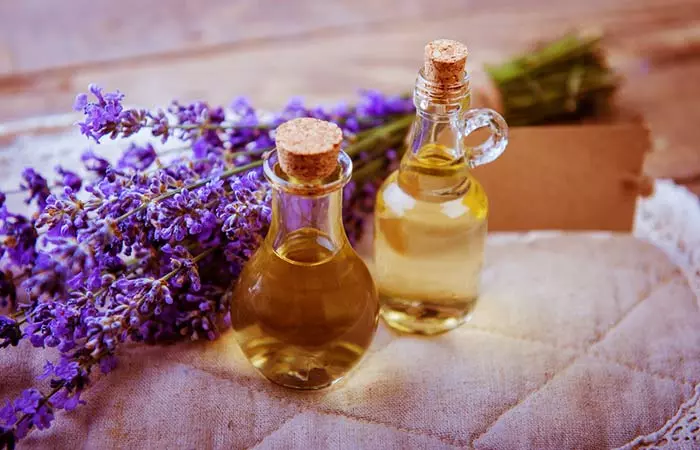
You Will Need
- 2-3 drops of lavender oil
- 2 teaspoons of coconut oil
- Cotton ball
What You Have To Do
- Mix lavender oil with coconut oil.
- Dip a cotton ball into this mixture.
- Apply it all over the affected area.
- Repeat after 3 or 4 hours.
Why This Works
Lavender oil exhibits antifungal activities that help in combating angular cheilitis easily (4). This essential oil is also anti-inflammatory and analgesici Substances that can help in relieving all kinds of pain without changing the ability to sense your surroundings or alter consciousness. and can provide relief from inflammation and itchiness (5).

2. Baking Soda
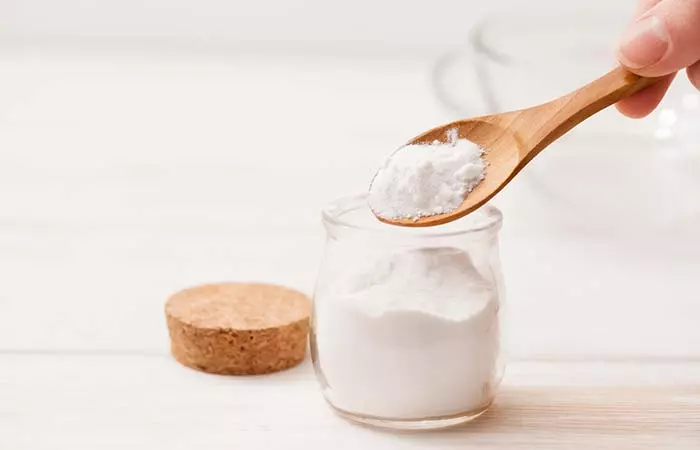
You Will Need
- 1 tablespoon of baking soda
- Water
- A clean cloth
- Moisturizer
What You Have To Do
- Mix a tablespoon of baking soda with a little water to form a thick paste.
- Apply the paste to the affected areas.
- Allow it to sit for about 5 minutes and rinse it off.
- Dry your mouth with a clean towel and follow up with a moisturizer.
- Repeat this once again after 3 to 4 hours.
Why This Works
Baking soda has natural antiseptic properties that can help in eliminating fungal and bacterial infections like angular cheilitis (6).
3. Garlic
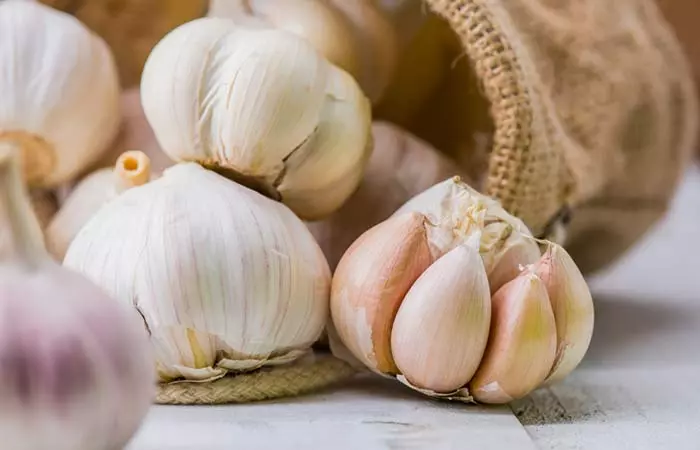
You Will Need
- 2 minced garlic cloves
- Moisturizer
What You Have To Do
- Take two garlic cloves and crush them.
- Apply the garlic paste directly to the affected area and leave it on for 5 to 10 minutes.
- Rinse the mixture off your skin.
- Moisturize the area.
- Repeat after every 4 hours.
Why This Works
Garlic contains a compound called allicin that exhibits antifungal activity (7). The topical application of garlic is great for treating angular cheilitis as well as the itching and inflammation associated with it (8).
4. Honey
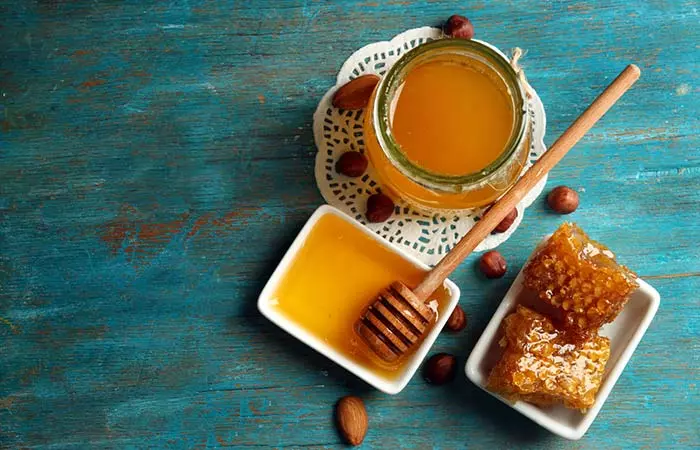
You Will Need
1 teaspoon of honey
What You Have To Do
- Apply honey to the affected areas around your mouth.
- Leave it on for 15 to 30 minutes.
- Rinse the honey off and pat your skin dry.
- Repeat twice after every 3 or 4 hours.
Why This Works
Honey is a great remedy for angular cheilitis due to its antifungal and antiseptic properties (9).
5. Jojoba Oil
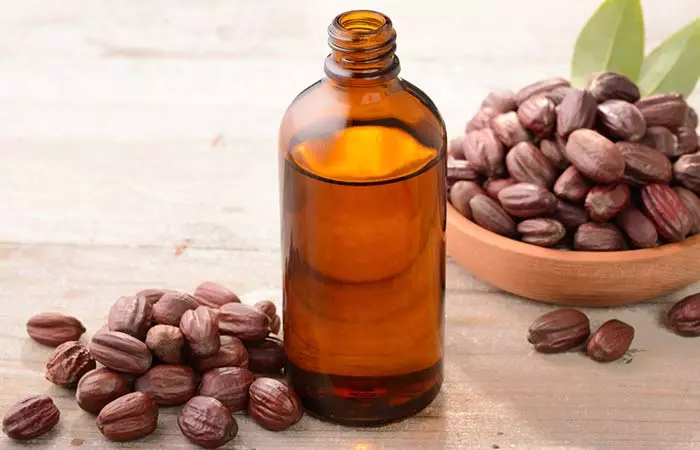
You Will Need
A few drops of jojoba oil
What You Have To Do
- Apply a few drops of jojoba oil directly to the affected area.
- Leave it on for 20 to 30 minutes before rinsing it off with water.
- Repeat thrice.
Why This Works
Jojoba oil is highly moisturizing and can protect your lips from drying and chapping and inflammation (10).
6. Petroleum Jelly (Vaseline)
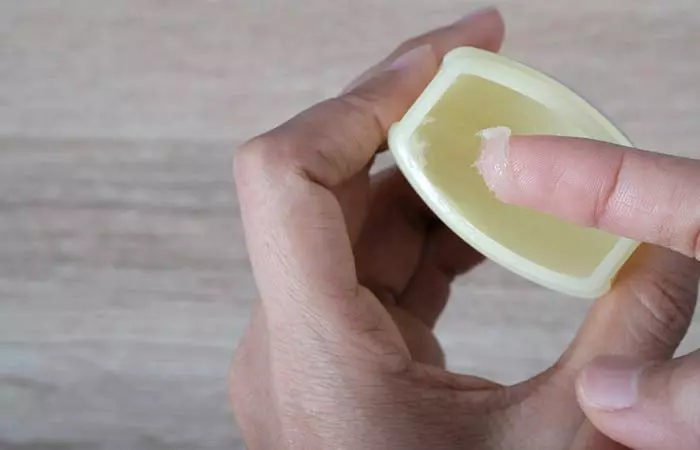
You Will Need
Petroleum jelly (as required)
What You Have To Do
- Take a little petroleum jelly and apply it to the affected skin.
- Reapply as and when necessary.
Why This Works
The powerful emollient activities of petroleum jelly can help in keeping the affected area moisturized. This helps in speeding up the healing of angular cheilitis (11).
Jane, a travel blogger, shared her experience about contracting angular cheilitis in her personal blog. She said, “I get cold sore looking things at the corners of my mouth. They start to heal at night. Then in the morning or when you open your mouth at all, they crack and bleed = infection starts and spreads out (i).” She mentioned that she had to be really diligent with moisturizing, especially when she was out in the cold.
 Fun Fact
Fun Fact7. Lemon
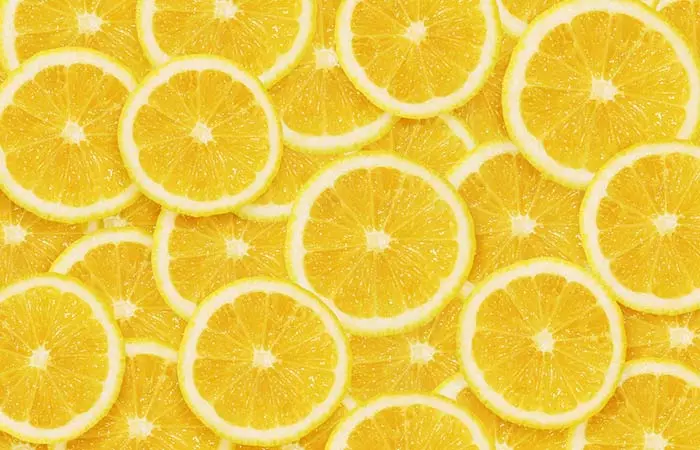
You Will Need
- ½ lemon
- 1 glass of water
- Honey (as required)
What You Have To Do
- Add the juice of half a lemon to a glass of water.
- Mix well and add some honey to it.
- Drink it using a straw.
Why This Works
Drinking lemon juice 2 to 3 times following the onset of angular cheilitis can help you recover faster from it. The presence of vitamin C in lemon makes it a natural immunity booster that helps in healing your condition (12).
8. Yogurt
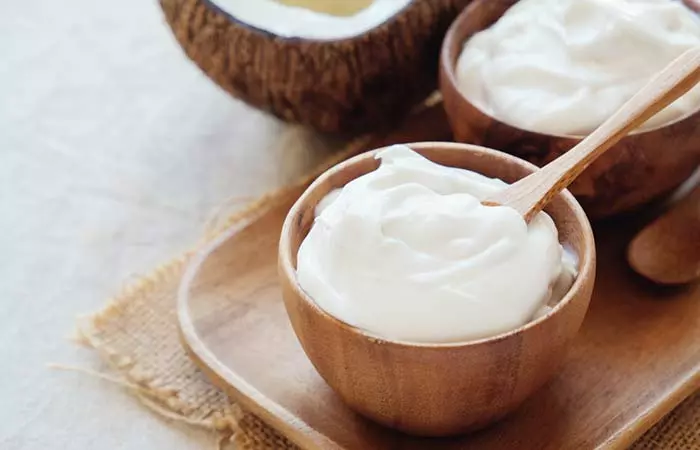
You Will Need
1-2 teaspoons of plain yogurt
What You Have To Do
- Apply some probiotic yogurt to the affected corners of your mouth like a lip balm.
- Leave it on overnight.
- You can also consume a small bowl of yogurt.
Why This Works
Probiotic yogurt is made up of live cultures that are beneficial in the treatment of angular cheilitis upon topical application as well as consumption. It helps in getting rid of inflammation and keeps your skin moisturized (13).
9. Coconut Oil
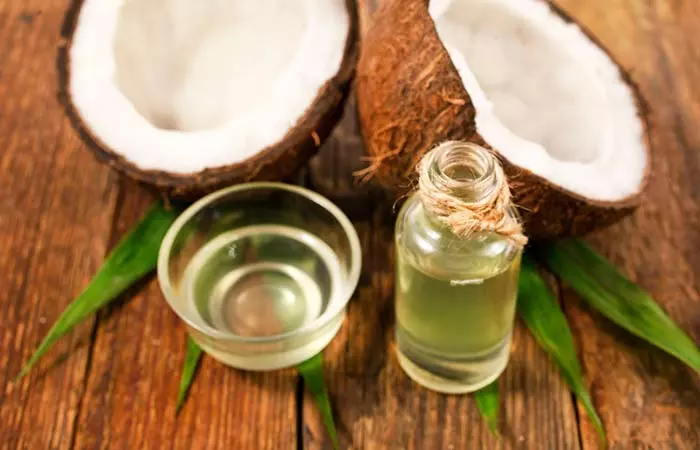
You Will Need
1-2 teaspoons of cold-pressed coconut oil
What You Have To Do
- Apply coconut oil directly to the affected areas.
- Leave it on for 30 to 40 minutes before rinsing it off.
- Reapply as needed.
Why This Works
Coconut oil exhibits two significant properties with respect to the treatment of angular cheilitis. One, its antifungal nature that can fight the fungal growth on your mouth, and two, its moisturizing nature that prevents further damage to your lips (14), (15).
10. Aloe Vera
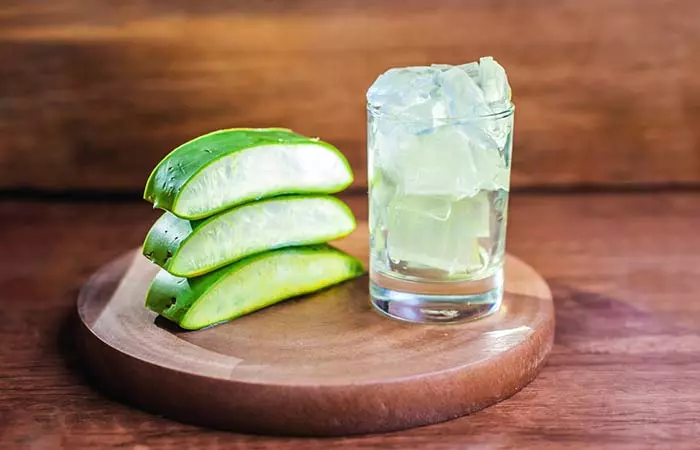
You Will Need
1-2 teaspoons of freshly extracted aloe vera gel
What You Have To Do
- Refrigerate two teaspoons of aloe vera gel.
- Apply the cold gel to the affected skin.
- Leave it on for 20 to 30 minutes before washing it off.
- Repeat every 3 or 4 hours.
Why This Works
Aloe vera gel is quite popular for its healing nature. It helps in soothing irritated skin and prevents further infection with its natural antifungal activities (16).
11. Apple Cider Vinegar
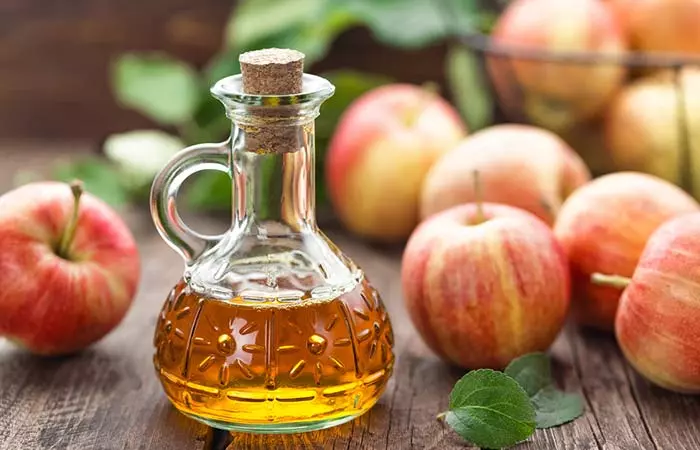
You Will Need
- 1 tablespoon of apple cider vinegar
- ¾ cup of water
- Cotton balls
What You Have To Do
- Mix a tablespoon of apple cider vinegar with three-fourths cup of water.
- Soak a cotton ball in this solution and apply it to the affected areas.
- Leave it on for 15 to 20 minutes.
- Rinse it off your skin.
- Repeat once after 4 to 5 hours.
Why This Works
Apple cider vinegar exhibits powerful antibacterial and antifungal activities, both of which are great for eliminating the pathogens responsible for causing angular cheilitis. The anti-inflammatory nature of ACV soothes your irritated skin (15).
12. Neem Oil
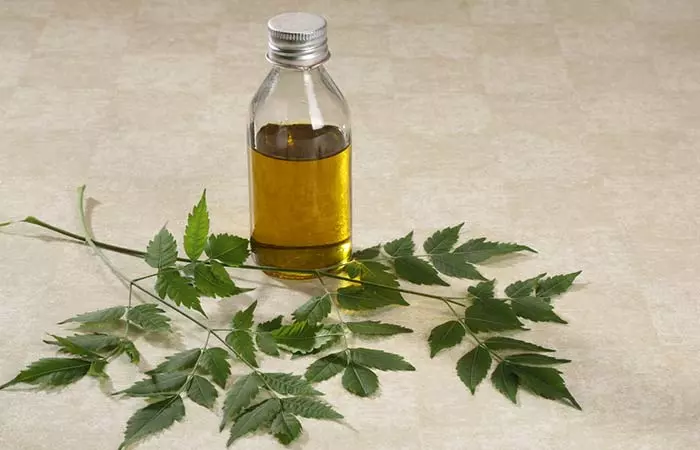
You Will Need
2-3 drops of neem oil
What You Have To Do
- Take a few drops of neem oil and apply it directly to the affected skin.
- Leave it on for 30 to 40 minutes.
- Rinse it off with water and pat your skin dry.
- Repeat 2 to 3 times at regular intervals.
Why This Works
Neem oil is quite useful for treating skin conditions like angular cheilitis owing to its antifungal activities.
It also soothes the inflammation and pain that usually accompany this fungal condition (17).
13. Olive Oil
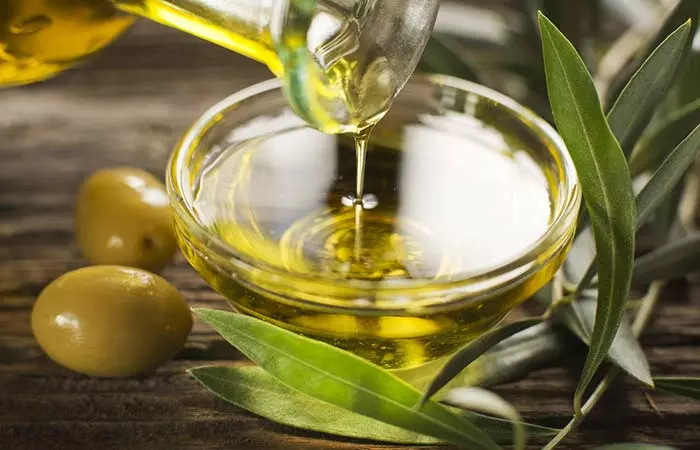
You Will Need
1 teaspoon of cold pressed olive oil
What You Have To Do
- Take a teaspoon of cold pressed olive oil and gently spread it over the corners of your lips.
- Allow it to work on your skin for 20 to 30 minutes before rinsing it off.
- Repeat thrice at regular intervals.
Why This Works
Olive oil is another wonderful option for treating your condition. It moisturizes the affected area, fights fungal infections, and also soothes inflammation (18), (19).
14. Salt Water
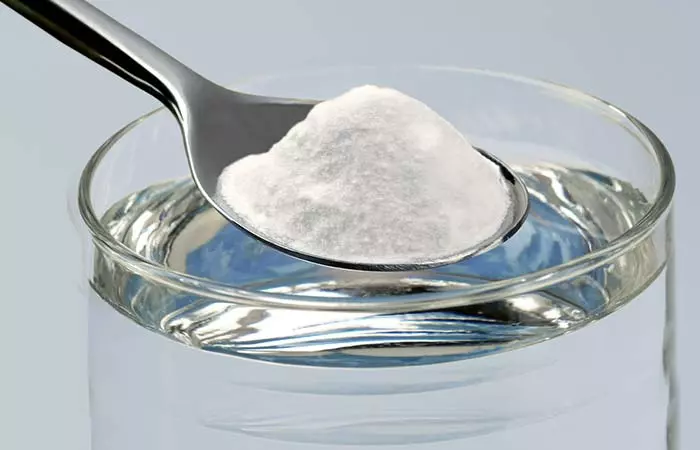
You Will Need
- ½ teaspoon of salt
- ¾ cup of slightly warm water
- A clean washcloth or cotton balls
What You Have To Do
- Add half a teaspoon of table salt to three-fourths cup of slightly warm water.
- Mix well and soak a clean washcloth or cotton ball in it.
- Place the soaked cotton ball/washcloth on the affected corners of your lips.
- Let it stay put for 10 to 15 minutes.
- Rinse the salt water off your lips.
- Repeat this process thrice at regular intervals.
Why This Works
Although this remedy might burn initially, it is worth a try. The natural antiseptic properties of salt can help reduce the infection and prevent it from progressing.
If these remedies don’t work or you see no improvement in your condition, consult a dermatologist for treatment. Dr. Anna Chacon says, “Your doctor may prescribe topical antifungals such as clotrimazole, nystatin, or econazole. They may also add topical steroidsi A class of biologically active organic compounds that are used to quickly reduce inflammation in the body. , such as Mycostatin, triamcinolone, iodoquinol, or hydrocortisone. Always consult your dermatologist before deciding on a treatment or medication.”
While these home remedies may provide temporary relief, understanding the condition may help you with better management. So, learn more about angular cheilitis in the next section. Scroll down.
What Is Angular Cheilitis?
Angular cheilitis is a medical condition that causes red, inflamed patches on any or both the corners of your mouth where your upper and lower lips meet.
It is also referred to as perleche and angular stomatitis.
A study conducted on 2426 participants with Sjogren syndrome (an autoimmune disorder characterized by dry mouth) found that the prevalence of angular cheilitis ranged from 2% to 81%, with the largest population reporting frequency of 20-40%. Additionally, a dry mouth caused by Sjogren syndrome, radiation treatment, certain medications, and vitamin A toxicity caused by overconsumption is said to be responsible for 5% of all cases of angular cheilitis.
Dr. Anna Chacon, MD, FAAD, says, “Angular cheilitis usually isn’t serious. The condition often goes away about two weeks after starting treatment. Severe angular cheilitis can result in scarring or weak, thin skin if it isn’t treated. Also, it can come back after treatment.”
Angular cheilitis usually progresses in four stages – and they are discussed below.
Stages And Symptoms Of Angular Cheilitis
The four stages and the associated symptoms of angular cheilitis are:
Stage 1 – Minor Angular Cheilitis
In the first stage of angular cheilitis, you will notice:
- Slight flakiness in the corners of your mouth
- A tightness in the corners of your mouth that is accompanied by discomfort when you try and open your mouth
Stage 2 – Mild Angular Cheilitis
You may observe redness on the corners of your mouth and a slight increase in the discomfort.
Stage 3 – Severe Angular Cheilitis
Even simple activities like opening your mouth in any way become painful. Other symptoms of Stage 3 include the appearance of evident lesionsi An abnormal growth or change in the appearance of the skin due to clogged follicles, acne, or due to some kind of trauma to the skin. and soreness at the corners of your mouth. Treatments become ineffective in stage 3 of angular cheilitis.
Stage 4 – Chronic Angular Cheilitis
Once angular cheilitis becomes chronic, you will notice it disappearing and reappearing frequently. The skin around the corners of your lips may:
- Become dry
- Crack or fissures
- Pain
If you are wondering what causes this troublesome ailment, scroll down to find out.
Causes And Risk Factors For Angular Cheilitis
There is always a probability for saliva to get trapped in the corners of your lips and build up. When it dries, the skin in that area is at risk of cracking. As a reflex, you may lick your lips to soothe the irritation. Repetitive exposure to saliva can cause an accumulation of moisture and warmth in the corners of your mouth, creating the perfect condition for fungal growth and infections.
As this condition is not infectious, it is completely safe to kiss. But, Dr. Angela Casey, Board-Certified Dermatologist, cautions, “Kissing may exacerbate symptoms as the increased saliva and friction around the mouth can feed into the inflammation and skin cracking that is seen in angular cheilitis.”
The major cause of angular cheilitis is a fungal infection caused by Candida fungus. Certain bacteria strains can also cause this infection.
In case your doctor is unable to detect the cause of your condition, the infection is referred to as idiopathic angular cheilitis.
There are also some factors that can increase your risk of developing angular cheilitis. They are:
- Having braces
- Wearing dentures
- Licking your lips often
- Having crooked teeth
- Sagging skin around your mouth from aging or weight loss
- Sucking your thumb
- Smoking
- Eczema on the lips or lip dermatitis
Angular cheilitis may also occur due to systemic disorders like diabetes, immune deficiency diseases, and conditions that affect saliva production (20).
In addition to these, nutritional deficiencies may also cause angular cheilitis. The following section explains how they are related to this condition.
Do Nutritional Deficiencies Cause Angular Cheilitis?
- Angular cheilitis is often associated with a deficiency in riboflavin (vitamin B2) (1). Riboflavin is crucial for maintaining the structural integrity of the skin. Lack of this vitamin may lead to painful cracking and inflammation at the corners of the mouth.
- Anecdotal evidence suggests that niacin (vitamin B3) deficiency, which may occur due to genetic disorders, may also cause skin problems.
- Anemia is often caused by iron deficiency and may lead to dry, cracked skin (1).
- A deficiency in zinc can hinder the skin’s ability to heal. Due to this, treatment for conditions such as angular cheilitis often includes supplements to address the deficiency (2).
Understanding the role of nutritional deficiencies is crucial, as these underlying issues often contribute to the development of angular cheilitis, which can then be confirmed through a thorough diagnosis. Scroll down to learn more.
Diagnosis Of Angular Cheilitis
Angular cheilitis is diagnosed primarily through visual examination of inflamed, cracked corners of the mouth. A healthcare provider checks for any crusting, redness, and swelling and reviews the patient’s medical history for any relevant conditions like diabetes, malnutrition, or recent dental procedures. Microbial testing may be used in some situations to detect bacterial or fungal illnesses.
Most often, people get confused between angular cheilitis and a cold sore. To put your confusion to rest, the following section reveals a few major differences between the two.
Angular Cheilitis Vs. Cold Sore
Angular Cheilitis
- It appears without a forewarning.
- It usually appears as one large blister.
- It does not cause other symptoms, like fever or a headache, like cold sores.
- It usually occurs around the corners of your mouth.
Cold Sores
- They occur in a cycle, and before their onset, you may feel a tingling or burning sensation in the affected area.
- They are often caused by the herpes simplex virus (HSV).
- They occur in tiny clusters.
- These sores may also cause other symptoms like fever, headache, or swollen lymph nodes.
- They can occur anywhere around your mouth.
Given how unsightly angular cheilitis can end up looking, it is best if you avail angular cheilitis treatments quickly before the infection turns chronic. The following are some amazing natural remedies that can help you tackle angular cheilitis overnight.
Prevention Tips
- Follow a healthy diet that boosts your immune system and avoid eating junk food.
- Protect your lips from pollution and direct exposure to the sun and rain.
- Stay hydrated by drinking enough water.
- Sleep well.
- Maintain good oral hygiene.
- Reduce the use of cosmetics on your lips.
- Always apply sunscreen.
- Use lip balm regularly.
- Keep your lips moisturized and exfoliated. These two are some of the most important lip care tips to follow, but you can also apply cold compresses if your lips are extremely chapped and swollen.
Infographic: Other Differences Between Angular Cheilitis And Cold Sores
Angular cheilitis and cold sores share certain similarities in appearance, position, and symptoms. However, getting the proper treatment and remedy for either condition depends on identifying it correctly. Learn how else the two conditions differ from each other from the infographic below.
Some thing wrong with infographic shortcode. please verify shortcode syntax
Angular cheilitis is a painful condition that makes simple tasks like opening your mouth, eating, or talking challenging. If left untreated, the sores could gradually progress into a chronic condition. Fortunately, home remedies for angular cheilitis can help you manage the condition and prevent the sores from worsening. With simple, readily available ingredients like honey, coconut oil, and aloe vera, you can easily eliminate the irritation and pain associated with the condition. These remedies will also help soothe the affected area and help it heal faster. However, if you do not find relief with these remedies, it is better to consult a doctor immediately to avoid complications.
Frequently Asked Questions
How long does it take for angular cheilitis to heal?
If you do not avail treatment on time, angular cheilitis can take anywhere between a couple of weeks to even a few months to heal completely.
What cream to use for angular cheilitis?
A combination of antibacterial and antifungal topical treatments is often recommended medically for the treatment of angular cheilitis. Viaderm is one such ointment.
Is it good to put Vaseline on your lips?
Yes, it is a great idea to use Vaseline on the lips for treating dry and chapped lips as it has exceptional emollient properties.
What vitamin deficiency causes angular cheilitis?
Deficiencies in B vitamins like B2 (riboflavin) and iron cause angular cheilitis.
Is angular cheilitis contagious?
Fortunately, angular cheilitis is not contagious. Although it may spread to the other corner of your lips, it cannot spread to other body parts or other individuals.
Is angular cheilitis an STD?
No, angular cheilitis is a common skin condition and not an STD.
Can dehydration cause angular cheilitis?
Yes, dehydration can cause dry mouth and cracked corners that may lead to angular cheilitis.
Can toothpaste cause angular cheilitis?
Yes, allergic contact cheilitis may be caused due to allergies due to different toothpaste ingredients.
What are the medications for angular cheilitis?
Your doctor may prescribe oral antibiotics or antifungals medications to help treat angular cheilitis.
Key Takeaways
- Angular cheilitis is a condition where red patches form in the corners of your mouth, making them sore and inflamed.
- It may happen because of a fungus or bacteria, not getting enough vitamins or other health problems.
- When you have angular cheilitis, your mouth might feel itchy or be really dry.
- Coconut oil, tea tree oil, or aloe vera may be useful in tackling the condition.
- Maintaining good oral hygiene is important.
Illustration: Remedies For Angular Cheilitis, Stages, Causes, & Prevention
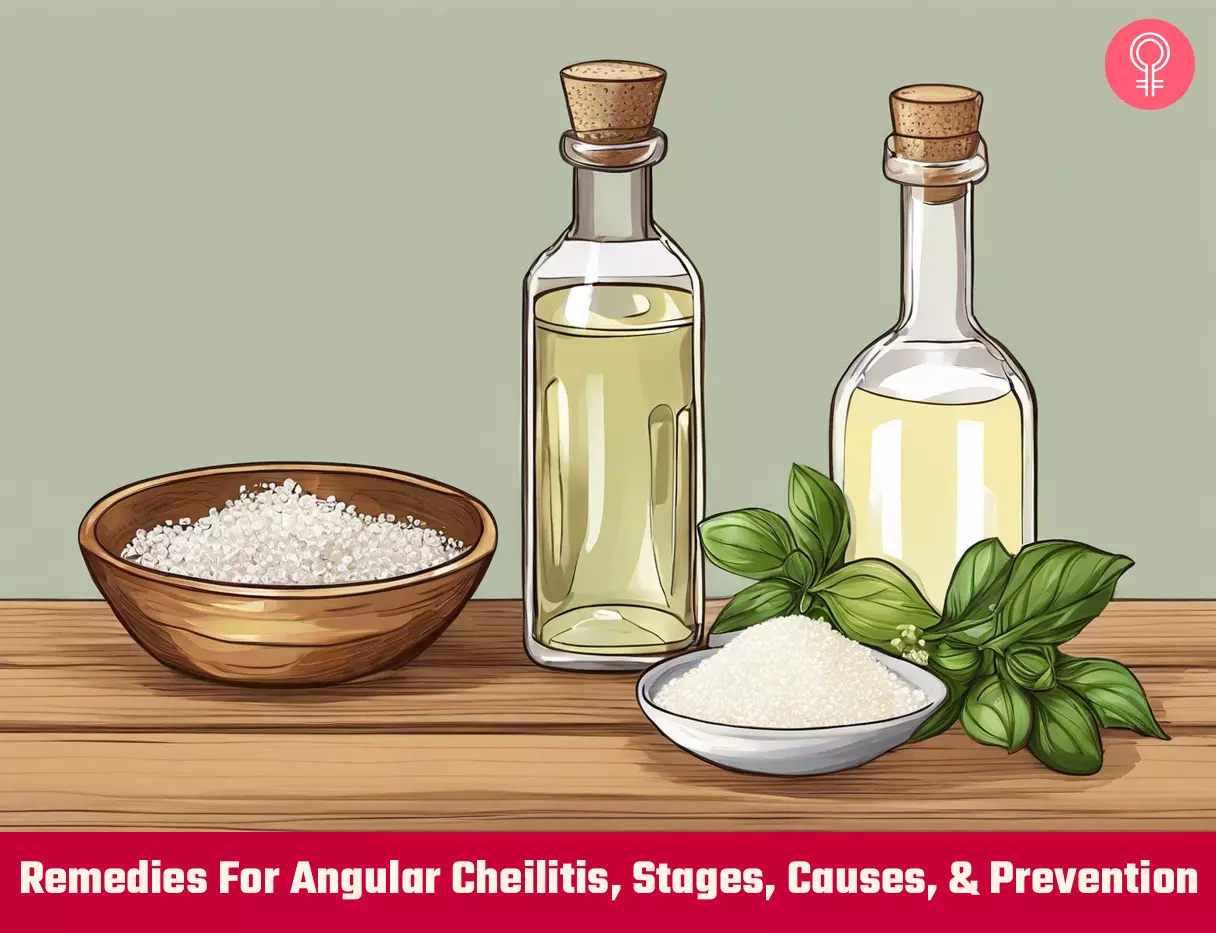
Image: Stable Diffusion/StyleCraze Design Team
Check out the video below get all answers to your questions about the causes and treatments of angular cheilitis. Learn what to do to prevent and treat this common condition in this helpful video.
Personal Experience: Source
StyleCraze's articles are interwoven with authentic personal narratives that provide depth and resonance to our content. Below are the sources of the personal accounts referenced in this article.
i. Angular Cheilitis = Awfulnesshttps://flyingmonkeytravels.blogspot.com/2012/11/angular-chelitis-awfulness.html
References
Articles on StyleCraze are backed by verified information from peer-reviewed and academic research papers, reputed organizations, research institutions, and medical associations to ensure accuracy and relevance. Read our editorial policy to learn more.
- Angular Chelitis
https://www.ncbi.nlm.nih.gov/books/NBK536929/ - Combined zinc and vitamin B6 deficiency in a patient with diffuse red rash and angular cheilitis 6 years after Roux-en-Y gastric bypass
https://pubmed.ncbi.nlm.nih.gov/31377720/ - Melaleuca alternifolia (Tea Tree) Oil: a Review of Antimicrobial and Other Medicinal Properties
https://www.ncbi.nlm.nih.gov/pmc/articles/PMC1360273/ - Antifungal Effect of Lavender Essential Oil (Lavandula angustifolia) and Clotrimazole on Candida albicans: An In Vitro Study
https://www.ncbi.nlm.nih.gov/pmc/articles/PMC4621348/ - Antioxidant, analgesic and anti-inflammatory effects of lavender essential oil
https://pubmed.ncbi.nlm.nih.gov/26247152/ - Antibacterial activity of baking soda
https://pubmed.ncbi.nlm.nih.gov/12017929/ - Antimicrobial properties of allicin from garlic
https://pubmed.ncbi.nlm.nih.gov/10594976/ - Immunomodulation and anti-inflammatory effects of garlic compounds
https://pubmed.ncbi.nlm.nih.gov/25961060/ - Antimicrobial properties of honey
https://pubmed.ncbi.nlm.nih.gov/23782759/ - Jojoba in dermatology: a succinct review
https://pubmed.ncbi.nlm.nih.gov/24442052/ - Moisturizers: The Slippery Road
https://www.ncbi.nlm.nih.gov/pmc/articles/PMC4885180/ - Vitamin C and Immune Function
https://pubmed.ncbi.nlm.nih.gov/29099763/ - Topical Probiotics in Dermatological Therapy and Skincare: A Concise Review
https://www.ncbi.nlm.nih.gov/pmc/articles/PMC7859136/ - In vitro antimicrobial properties of coconut oil on Candida species in Ibadan, Nigeria
https://pubmed.ncbi.nlm.nih.gov/17651080/ - A randomized double-blind controlled trial comparing extra virgin coconut oil with mineral oil as a moisturizer for mild to moderate xerosis
https://pubmed.ncbi.nlm.nih.gov/15724344/ - Antifungal activity of Aloe vera leaves
https://pubmed.ncbi.nlm.nih.gov/17336466/ - Therapeutics Role of Azadirachta indica (Neem) and Their Active Constituents in Diseases Prevention and Treatment
https://www.ncbi.nlm.nih.gov/pmc/articles/PMC4791507/ - Antifungal Activity of Cinnamon Oil and Olive Oil against Candida Spp. Isolated from Blood Stream Infections
https://www.ncbi.nlm.nih.gov/pmc/articles/PMC5028442/ - Molecular mechanisms of inflammation. Anti-inflammatory benefits of virgin olive oil and the phenolic compound oleocanthal
https://pubmed.ncbi.nlm.nih.gov/21443487/ - DIFFERENTIAL DIAGNOSIS OF CHEILITIS – HOW TO CLASSIFY CHEILITIS?
https://pmc.ncbi.nlm.nih.gov/articles/PMC6531998/
Read full bio of Dr. Thomas Connelly
- Dr. Anna Chacon, MD, FAAD, is a double board-certified dermatologist with over 7 years of experience. She has authored many peer-reviewed articles and managed clinical research studies during her fellowship. She completed her medical school in the PLME (Program of Liberal Medical Education) at Brown University.
 Dr. Anna Chacon, MD, FAAD, is a double board-certified dermatologist with over 7 years of experience. She has authored many peer-reviewed articles and managed clinical research studies during her fellowship. She completed her medical school in the PLME (Program of Liberal Medical Education) at Brown University.
Dr. Anna Chacon, MD, FAAD, is a double board-certified dermatologist with over 7 years of experience. She has authored many peer-reviewed articles and managed clinical research studies during her fellowship. She completed her medical school in the PLME (Program of Liberal Medical Education) at Brown University.
Read full bio of Shaheen Naser
Read full bio of Ramona Sinha
Read full bio of Monomita Chakraborty






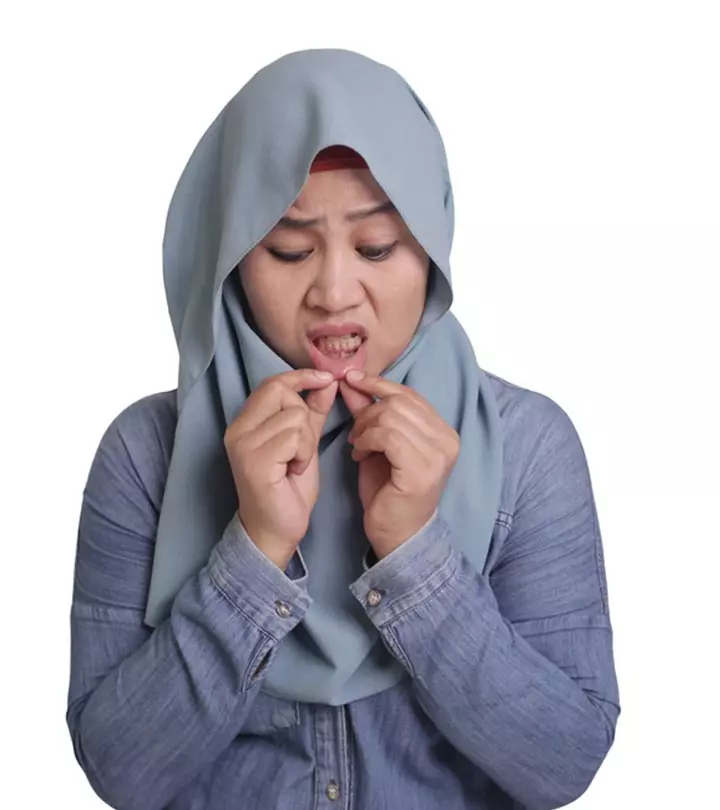
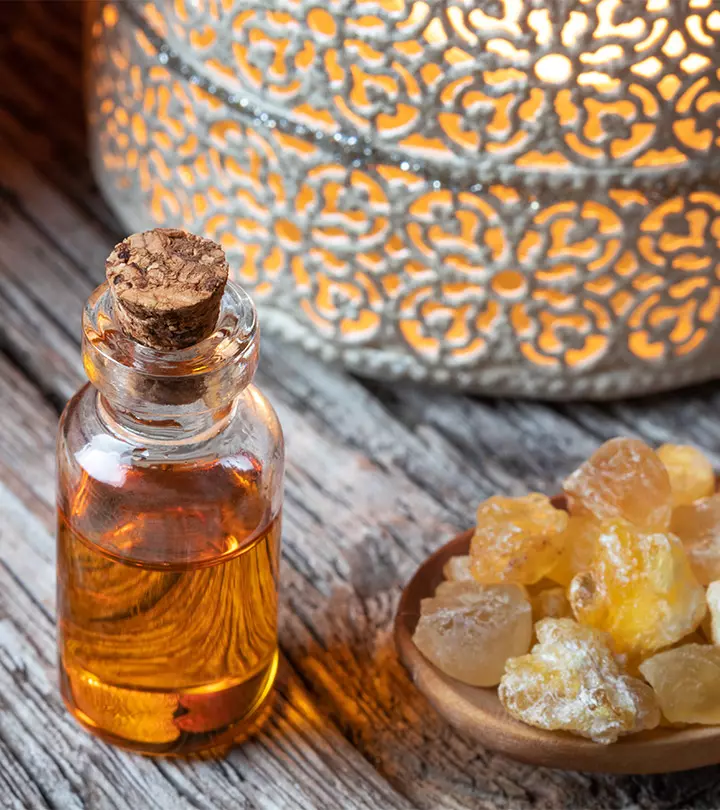
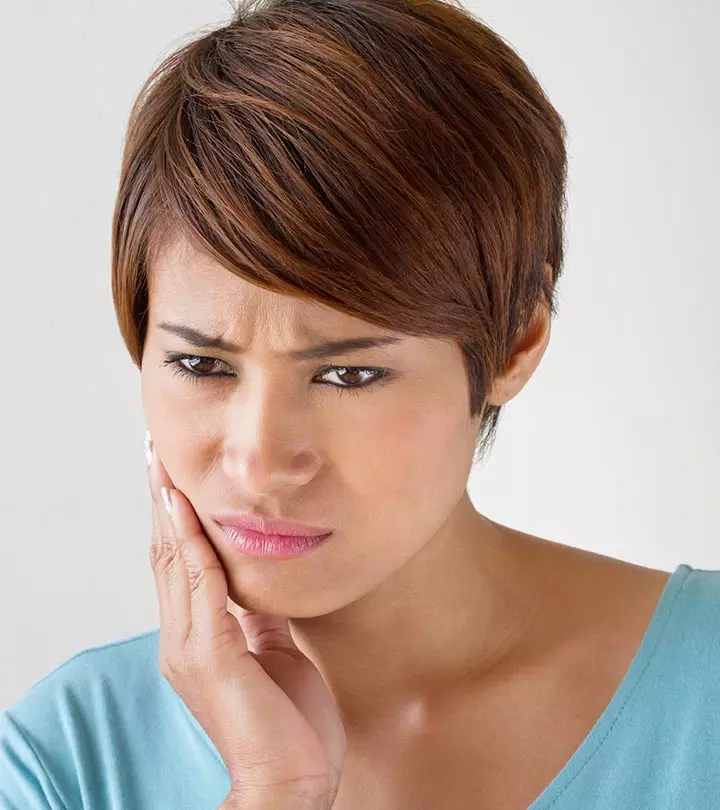
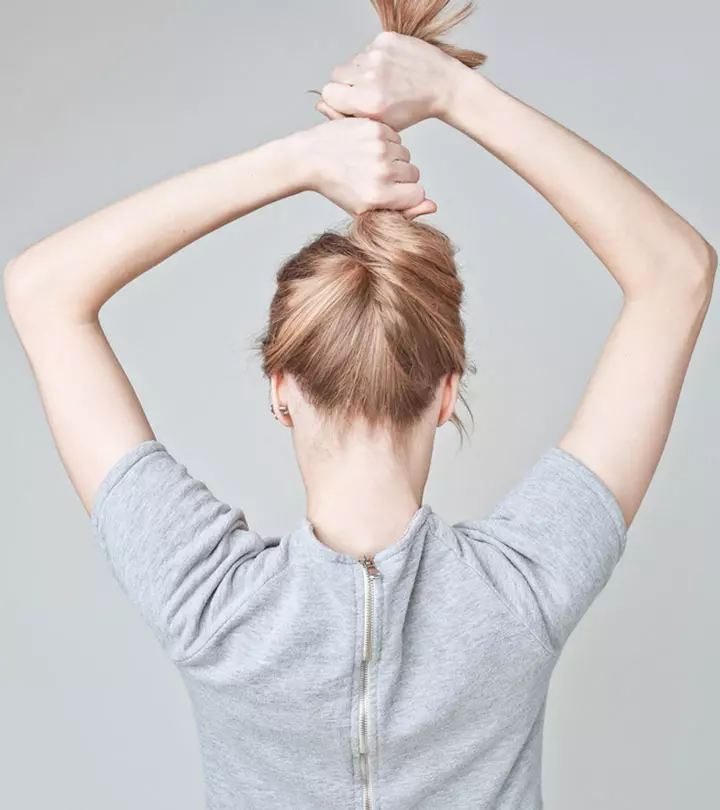


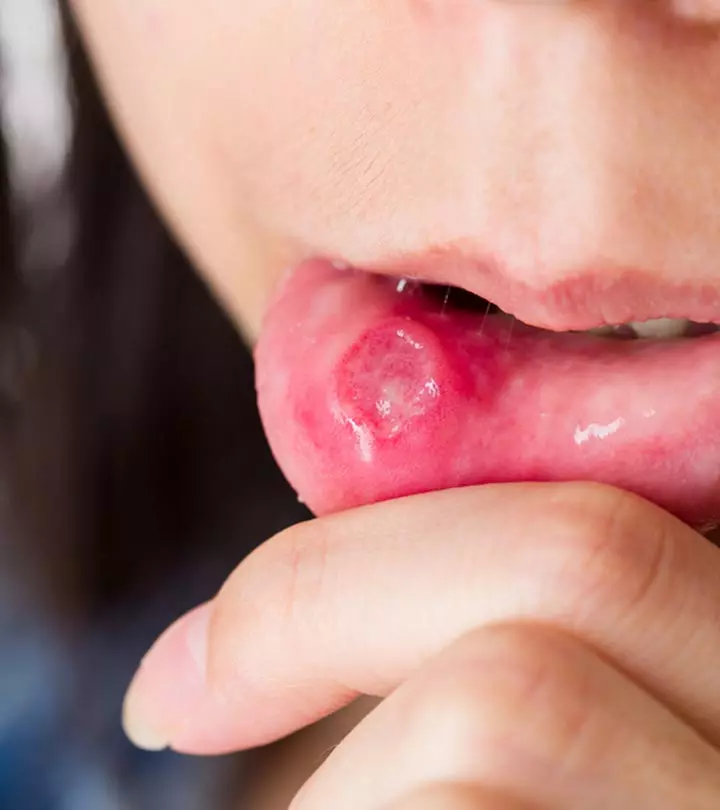
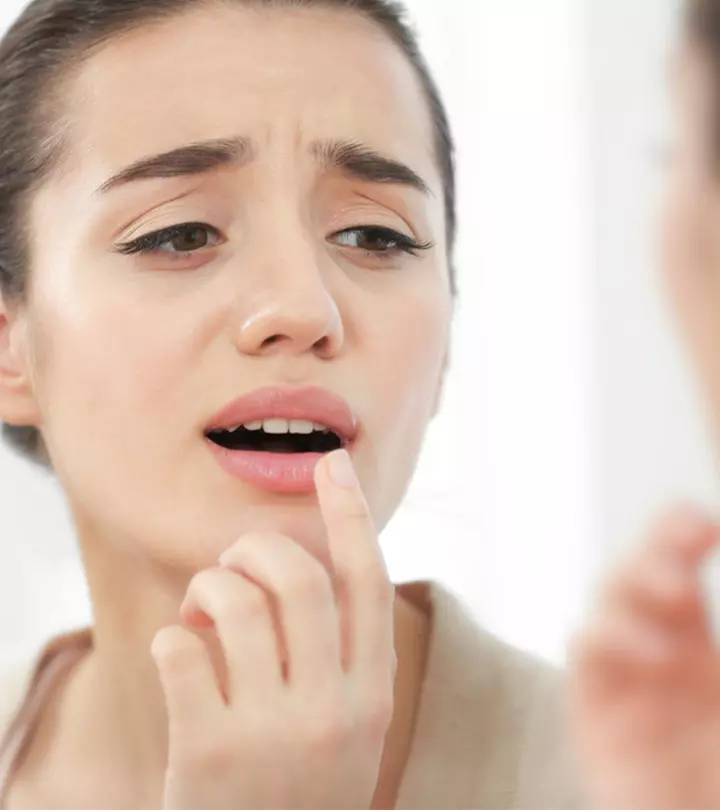
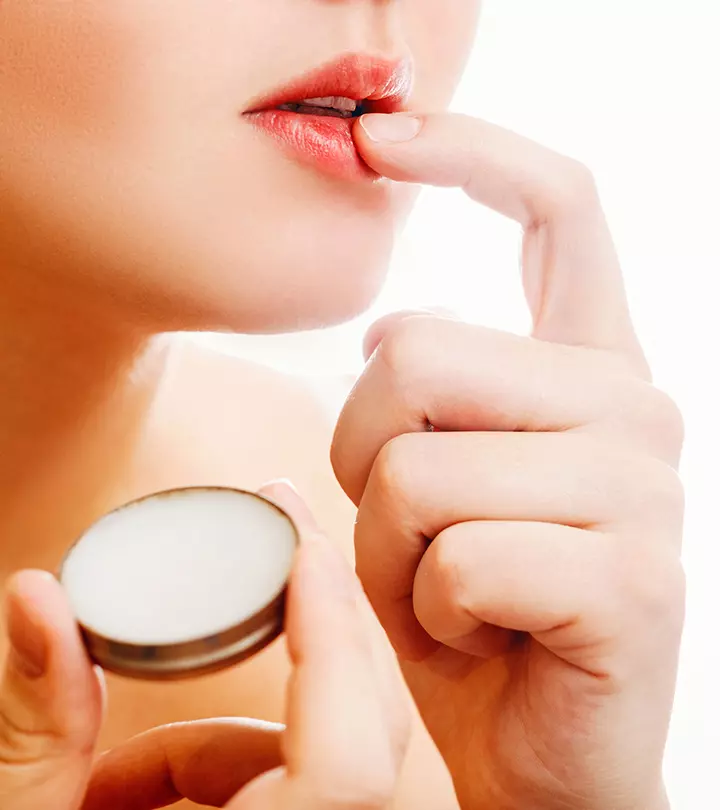
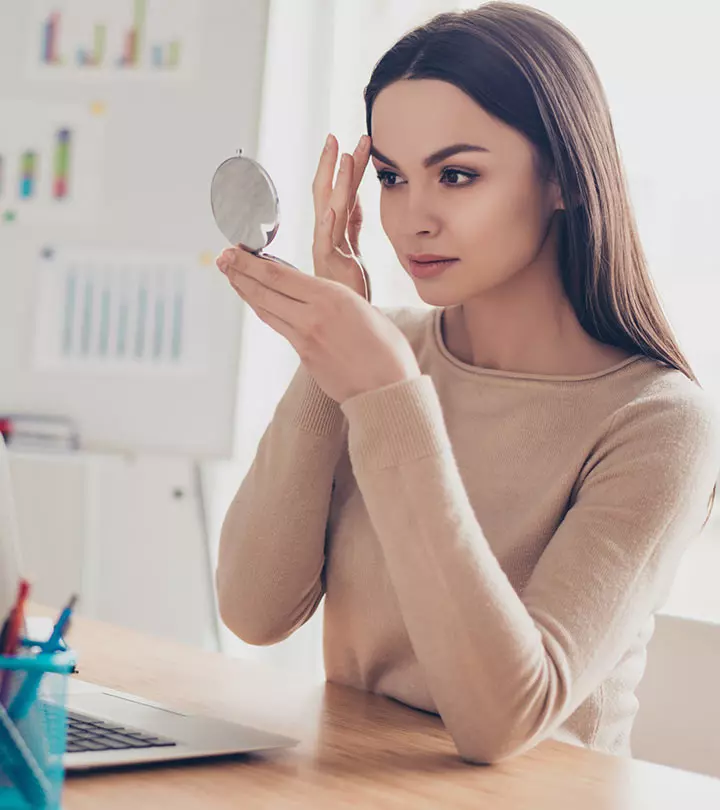
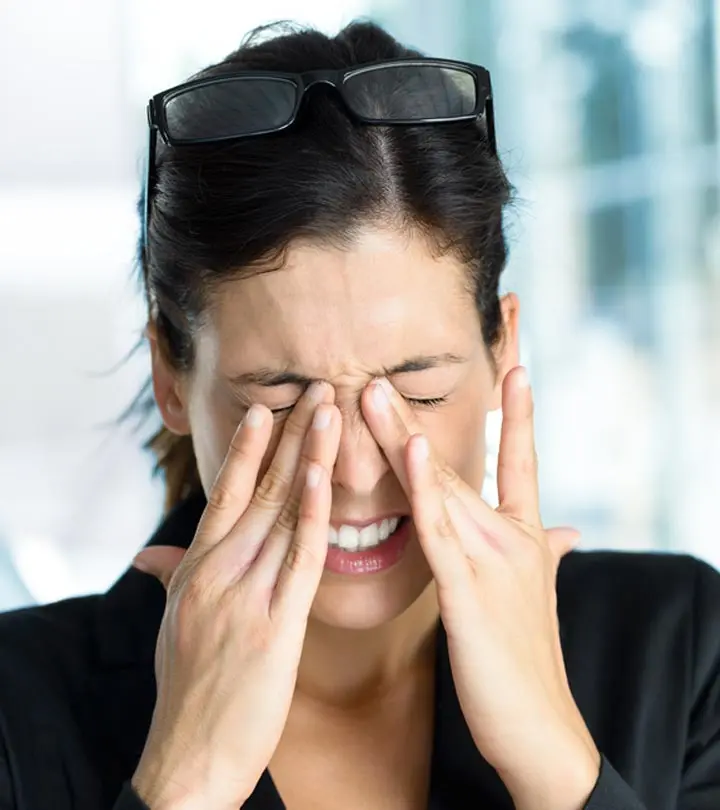

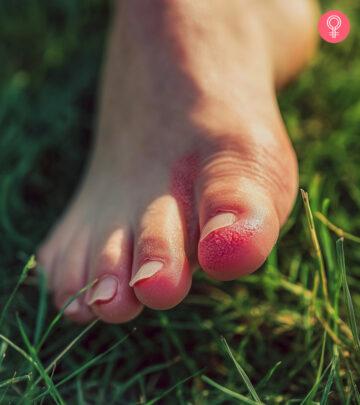
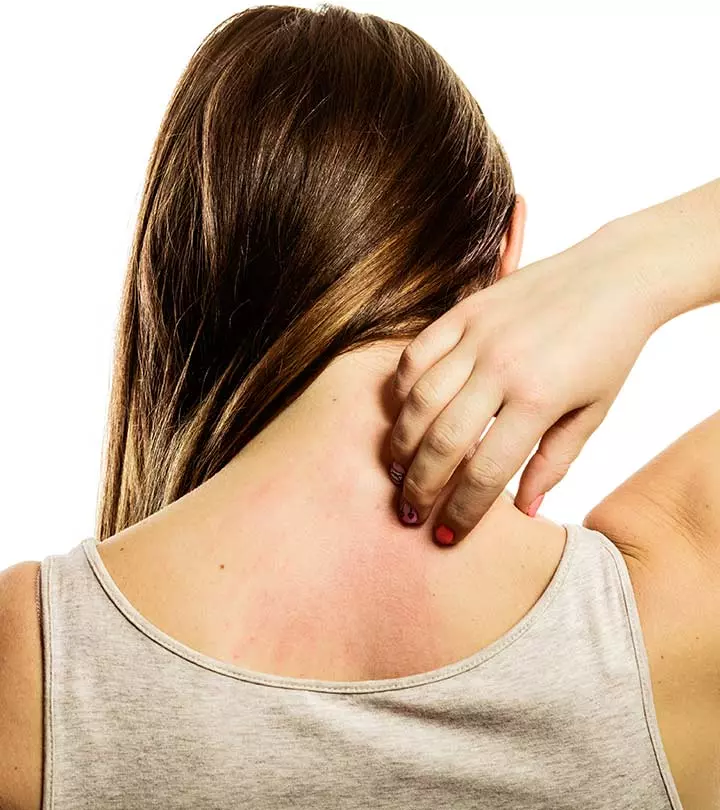

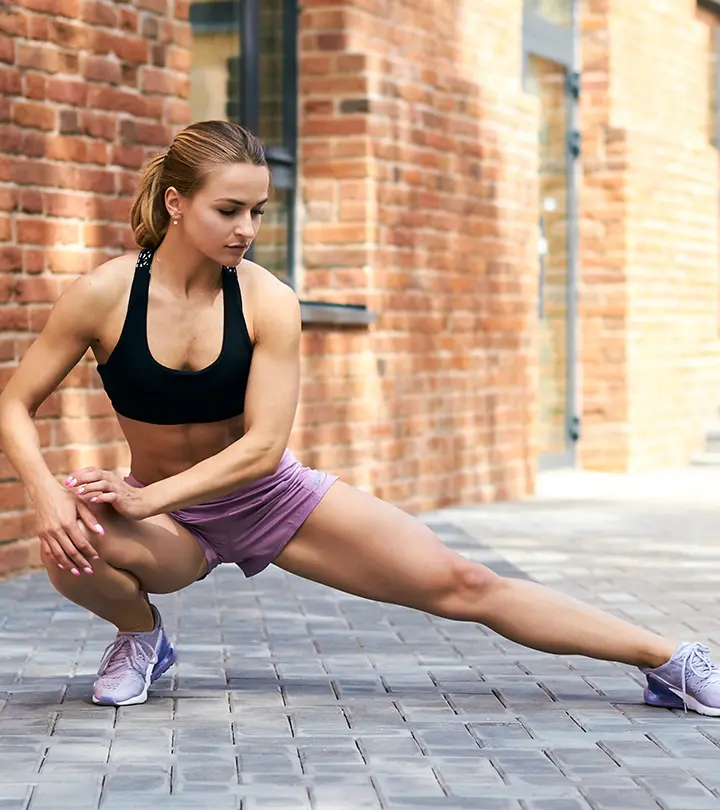

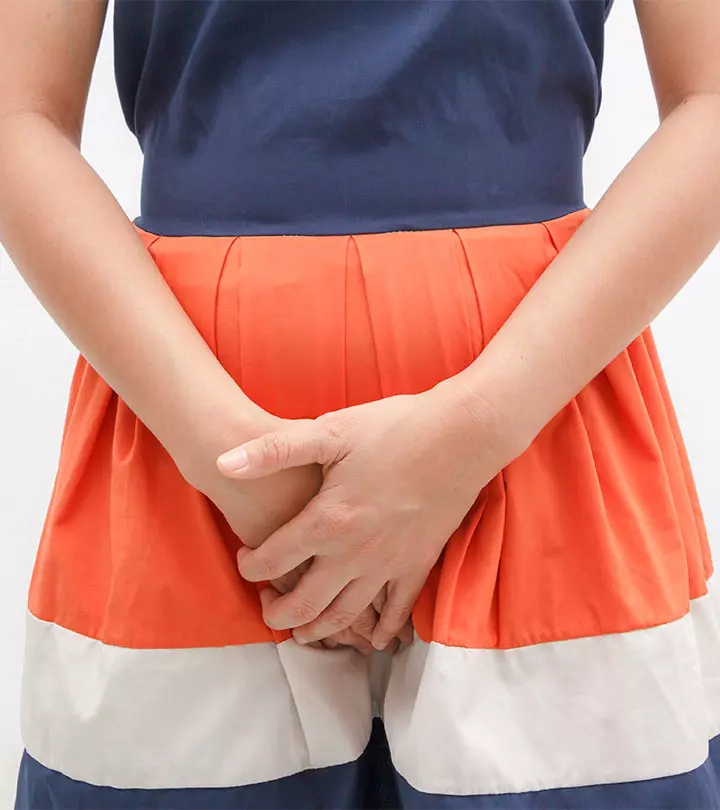
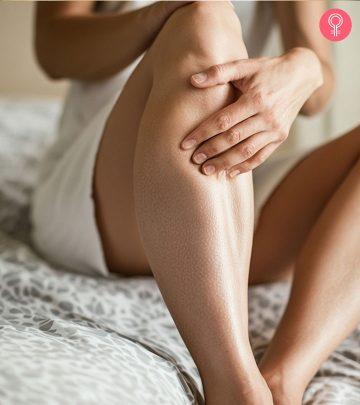

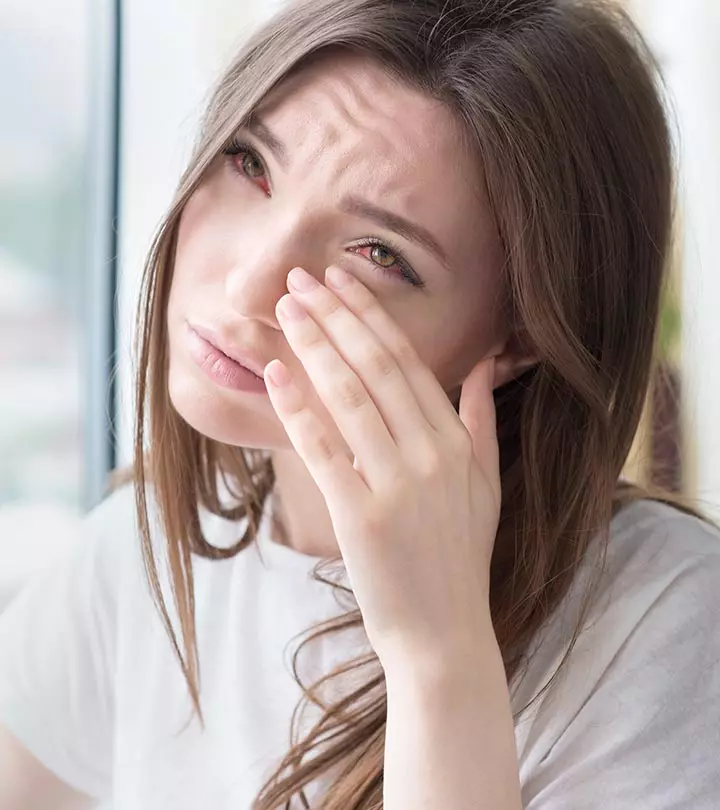
Community Experiences
Join the conversation and become a part of our empowering community! Share your stories, experiences, and insights to connect with other beauty, lifestyle, and health enthusiasts.